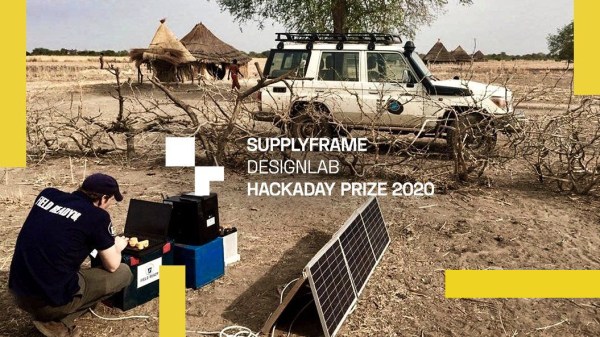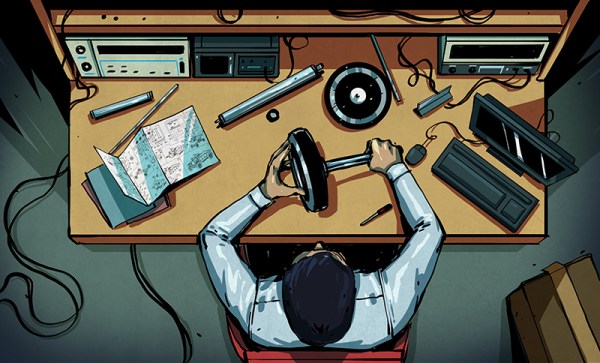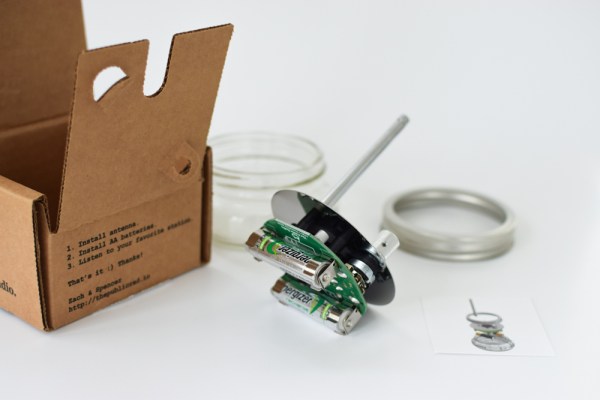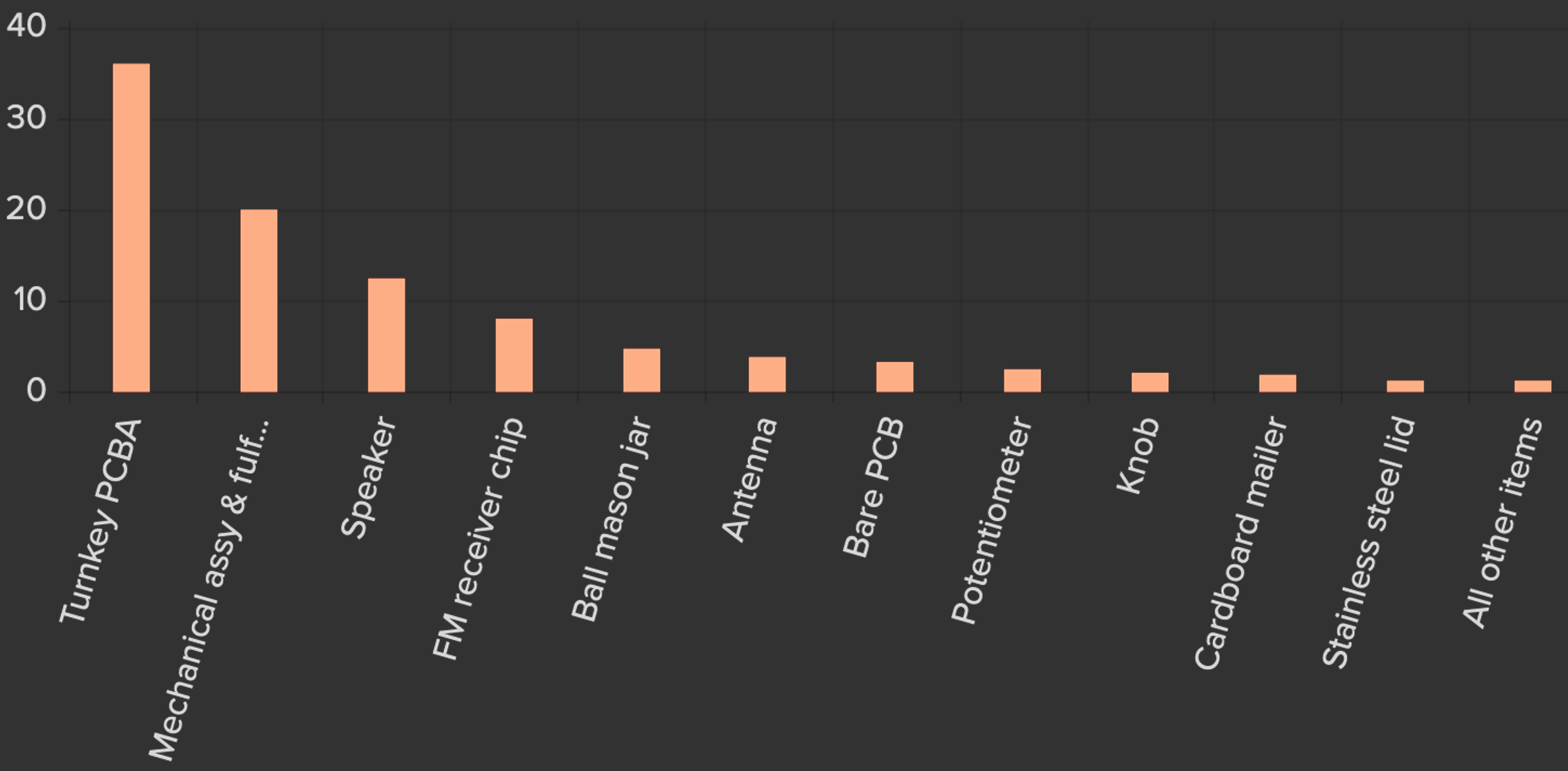There are an awful lot of machines on the market these days that fall under the broad category of “cheap Chinese laser cutters”. You know the type — the K40s, the no-name benchtop CO2 cutters, the bigger floor-mount units. If you’ve recently purchased one of these machines from one of the usual vendors, or even if you’re just thinking about doing so, you’ll likely have some questions. In which case, this “Chinese Laser Cutters 101” online class might be right up your alley. We got wind of this though its organizer, Jonathan Schwartz of American Laser Cutter in Los Angeles, who says he’s been installing, repairing, and using laser cutters for a decade now. The free class will be on February 8 at 5:00 PM PST, and while it’s open to all, it does require registration.
We got an interesting tip the other day that had to do with Benford’s Law. We’d never heard of this one, so we assumed was a “joke law” like Murphy’s Law or Betteridge’s Rule of Headlines. But it turns out that Benford’s Law describes the distribution of leading digits in large sets of numbers. Specifically, it says that the leading digit in any given number is more likely to be one of the smaller numbers. Measurements show that rather than each of the nine base 10 digits showing up about 11% of the time, a 1 will appear in the leading digit 30% of the time, while a 9 will appear about 5% of the time. It’s an interesting phenomenon, and the tip we got pointed to an article that attempted to apply Benford’s Law to image files. This technique was used in a TV show to prove an image had been tampered with, but as it turns out, Hollywood doesn’t always get technical material right. Shocking, we know, but the technique was still interesting and the code developed to Benford-ize image files might be useful in other ways.
Everyone knew it was coming, and for a long time in advance, but it still seems that the once-and-for-all, we’re not kidding this time, it’s for realsies shutdown of Adobe Flash has had some real world consequences. To wit, a railroad system in the northern Chinese city of Dalian ground to a halt earlier this month thanks to Flash going away. No, they weren’t using Flash to control the railroad, but rather it was buried deep inside software used to schedule and route trains. It threw the system into chaos for a while, but never fear — they got back up and running by installing a pirated version of Flash. Here’s hoping that they’re working on a more permanent solution to the problem.
First it was toilet paper and hand sanitizer, now it’s…STM32 chips? Maybe, if the chatter on Twitter and other channels is to be believed. Seems like people are having a hard time sourcing the microcontroller lately. It’s all anecdotal so far, of course, but the prevailing theory is that COVID-19 and worker strikes have lead to a pinch in production. Plus, you know, the whole 2020 thing. We’re wondering if our readers have noticed anything on this — if so, let us know in the comments below.
And finally, just because it’s cool, here’s a video of what rockets would look like if they were transparent. Well, obviously, they’d look like twisted heaps of burning wreckage on the ground is they were really made with clear plastic panels and fuel tanks, but you get the idea. The video launches a virtual fleet — a Saturn V, a Space Shuttle, a Falcon Heavy, and the hypothetical SLS rocket — and flies them in tight formation while we get to watch their consumables be consumed. If the burn rates are accurate, it’s surprising how little fuel and oxidizer the Shuttle used compared to the Saturn. We were also surprised how long the SLS holds onto its escape tower, and were pleased by the Falcon Heavy payload reveal.

















